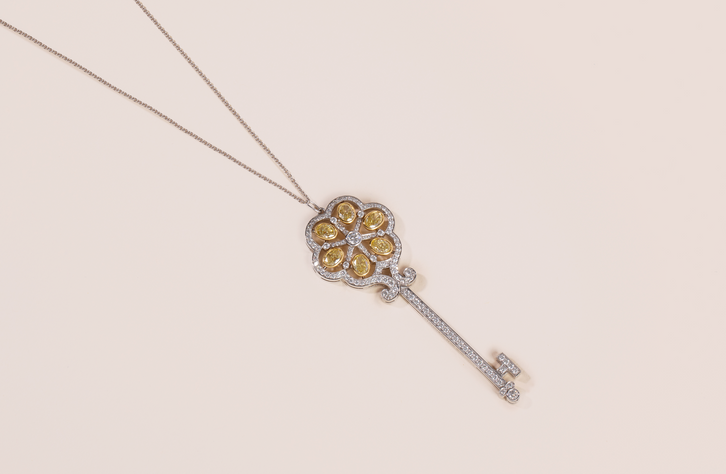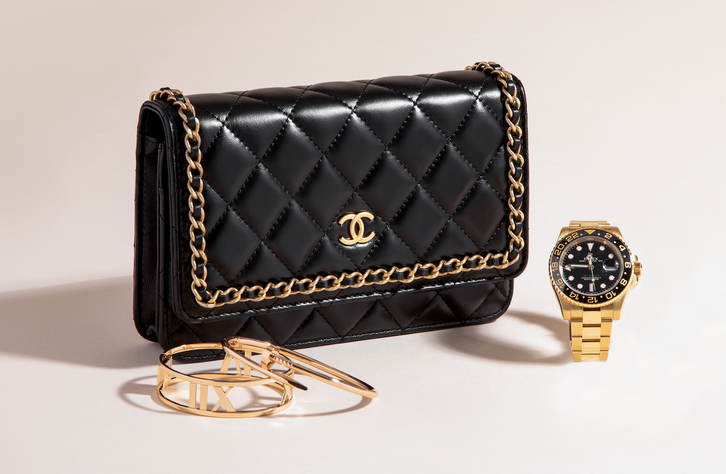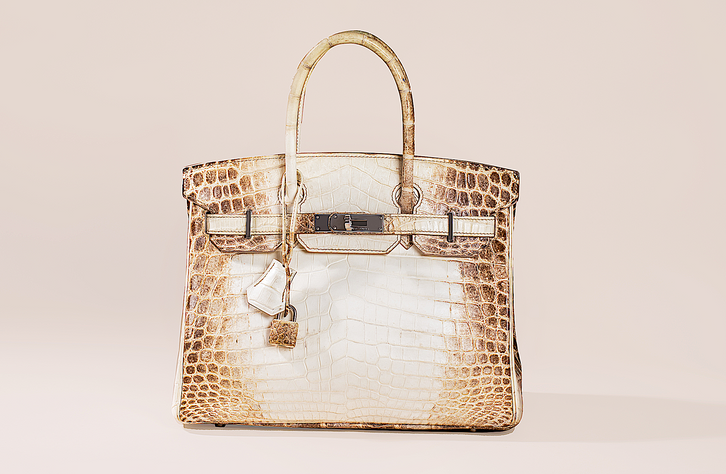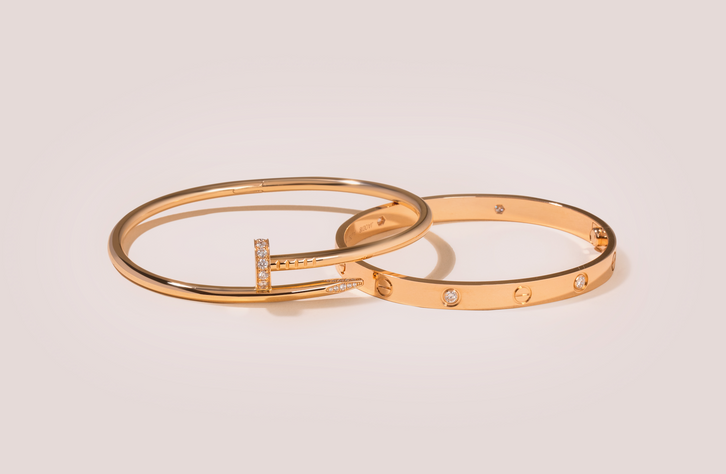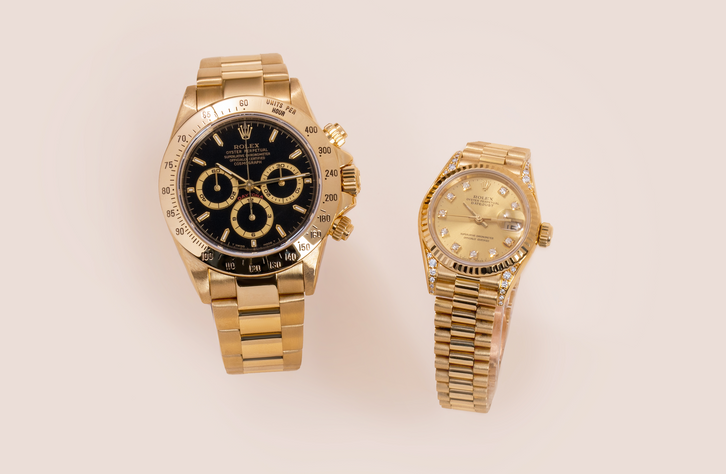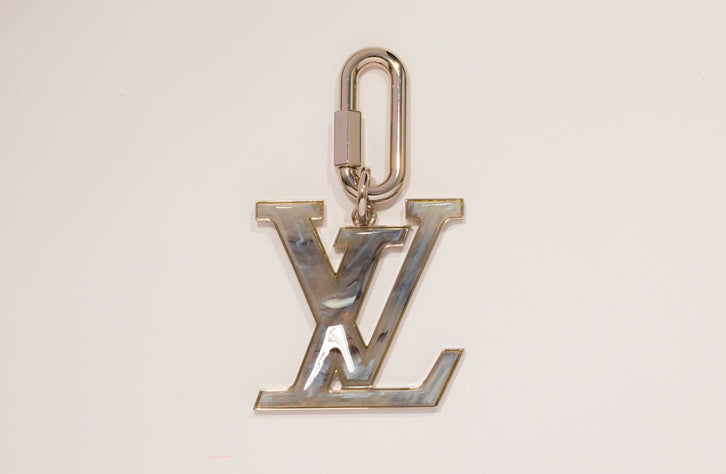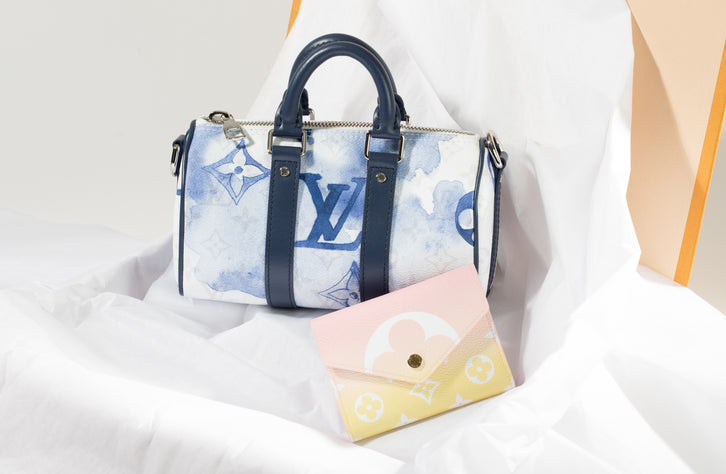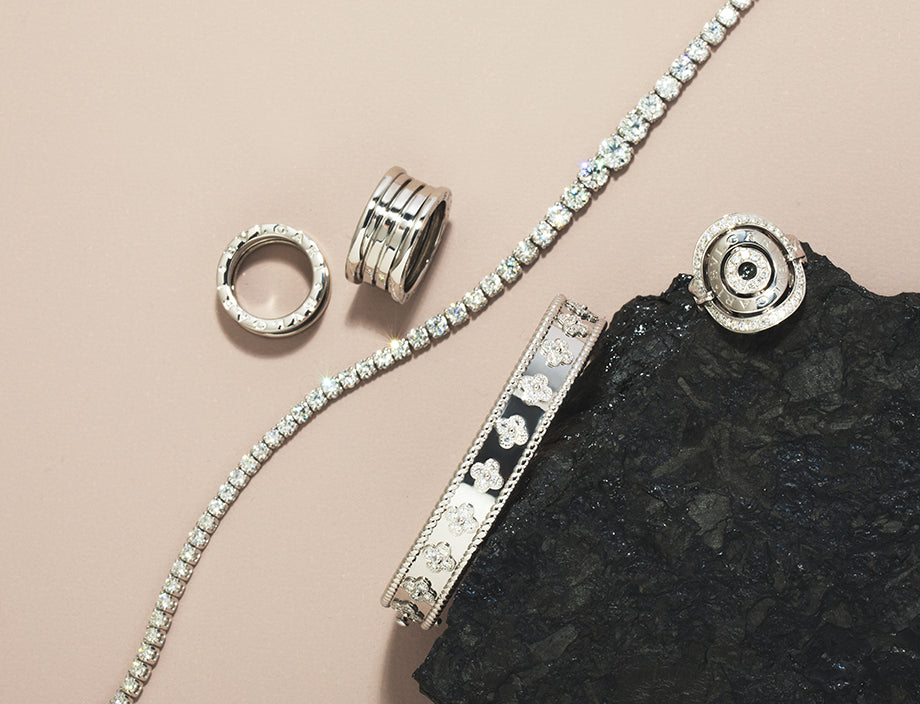But have you ever wondered what diamonds are made of? As the hardest natural material in the world, as well as one of the most beautiful, we are going to take a close look at just what diamonds are made of as well as what minerals alter its appearance, creating rich colors such as deep reds and soft blues. Keep reading to discover what is a diamond made of as well as how to sell your own diamonds easily and for the highest price.
Get answers to the following questions:
- What are diamonds made of?
- How are diamonds are formed?
- How are white diamonds made?
- How are fancy colored diamonds made?
What Are Diamonds Made Of?
The answer is quite simply carbon. Graphite, just like the kind in your pencil, is also composed of carbon, but diamonds have entirely different properties. Diamond’s distinctive properties come about during their formation process.
After we cover how diamonds are formed, we’ll explain what gives white and fancy colored diamonds their color.

How Are Diamonds Formed?
Diamond formation can occur in one of four ways:
- The Earth's Mantle: The first formation method we will discuss is for diamonds that were created within the Earth’s mantle between one and three billion years ago. These stones are formed within diamond stability zones which contain the perfect environment for a diamond to form. Diamonds are formed about 100 miles below Earth’s surface, with at least 2,000 degrees Fahrenheit and 725,000 pounds of pressure per square inch. In this environment, carbon atoms form a rigid bond with each other, resulting in outstanding durability. Deep-source volcanic eruptions help bring these diamonds to the Earth’s surface. These types of volcanoes are three times as deep as typical volcanoes. High amounts of magnesium and carbon dioxide force the volcano’s magma to the surface, causing a powerful eruption. These deep eruptions are pushed through cracks in the Earth called Kimberlite pipes and carry diamonds during their ascension.
- Subduction Zones: Diamonds can form in subduction zones, which are when two tectonic plates meet and one plate is forced down the Earth’s mantle. During this time, carbon rocks are exposed to the mantle’s heat and the pressure from the colliding plates. This great heat and pressure can create diamonds, however, the resulting diamonds are too small for jewelry and industrial use.
- Asteroids: Diamonds can also form when an asteroid hits earth, which creates intense heat and pressure. These diamonds are mainly used for industrial purposes because they are small and do not meet the desired qualities for jewelry piece diamonds.
- Synthetic Diamonds: Diamonds can also be made synthetically in a lab by artificially creating great heat and pressure, known as High Pressure High Temperature or HPHT. The first commercially successful synthetic diamond was made in the 1950s by General Electric. These artificial diamonds, also known as lab grown diamonds or synthetic diamonds, are used in jewelry and come at a lower price point than natural diamonds.
How Are White Diamonds Made?
White diamonds are essentially colorless and are devoid, or have very few minerals, that will alter its color, such as nitrogen. When diamonds are evaluated, one of the characteristics that gemologists look at is a diamond’s color. White diamonds are graded on a scale from D to Z, where D is colorless and Z is a light yellow. Ideally, a white diamond should have a color grade as close to D as possible.
How Are Fancy Colored Diamonds Made?
Diamonds can come in an array of colors because of mineral contamination during the formation process or changes in its molecular structure. Below are several fancy colored diamonds along with what gives them their distinctive color.

Colored diamonds:
- Yellow: Nitrogen
- Orange: Nitrogen
- Blue: Boron
- Green: Radioactive materials
- Brown: Irradiation or nickel impurity
- Purple: Hydrogen
- Pink: Some scientists believe that the pink color comes from structural defects which selectively absorbs light, but no one really knows for sure.
- Red: Structural defects
- Grey: Nitrogen impurities and select boron atoms
Unlike white diamonds, fancy colored diamonds do not have a letter color grade, instead they are graded from a scale of Fancy Light to Fancy Vivid depending on their color intensity. It takes a highly trained gemologist to identify a diamond’s proper color. The bottom line is that for fancy colored diamonds: the stronger, more vivid the diamond color, the more the diamond is worth.
The rarest fancy colored diamonds are red diamonds followed by blue diamonds, while brown diamonds are the most common. Many fancy colored diamonds can contain multiple colors such as purplish pink or orangey yellow.
How To Sell Diamonds
Now that you’ve learned what a diamond is made of as well as the other minerals that create beautiful colors, you may be wondering how much your diamond is worth.
To sell loose diamonds or diamond jewelry safely, quickly and for the best price, myGemma is your best option. At myGemma, we are expert diamond buyers with an in-depth understanding of the second-hand diamond market. Our service is so easy and fast that you can receive payment in as little as 24 hours after you complete our online form. This competitive, fast and hassle free service has earned us an A+ rating with the BBB and hundreds of positive reviews.
Selling your diamonds with myGemma is easy and only takes 4 steps:
- Complete our online form
- Receive your bespoke price quote from our gemologists
- Schedule an appointment at one of our offices in the US, UK or Hong Kong. OR use our completely free, insured, trackable and overnight shipping service
- Receive a final price and accept payment by bank transfer, check or cash (in-person appointments only) OR have your items shipped back to you for free through the same secure mailing service
myGemma makes selling your diamonds easier than ever, simply click the button below to find out just how much you can get paid.
